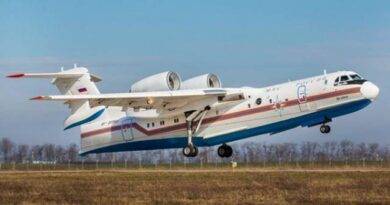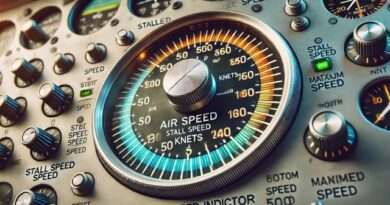Ram Air Turbine (RAT)
Airplanes are a frequently preferred means of transportation, especially since they provide fast and easy transportation between long distances. Although it is perhaps the most feared vehicle for various reasons, airplanes are the least accidental means of transportation. This is partly because the designs of the aircraft to be safe include backup plans for emergencies. One of these emergency measures is the system called Ram Air Turbine (RAT). Moreover RAT can be used to perform some functions also in normal time.
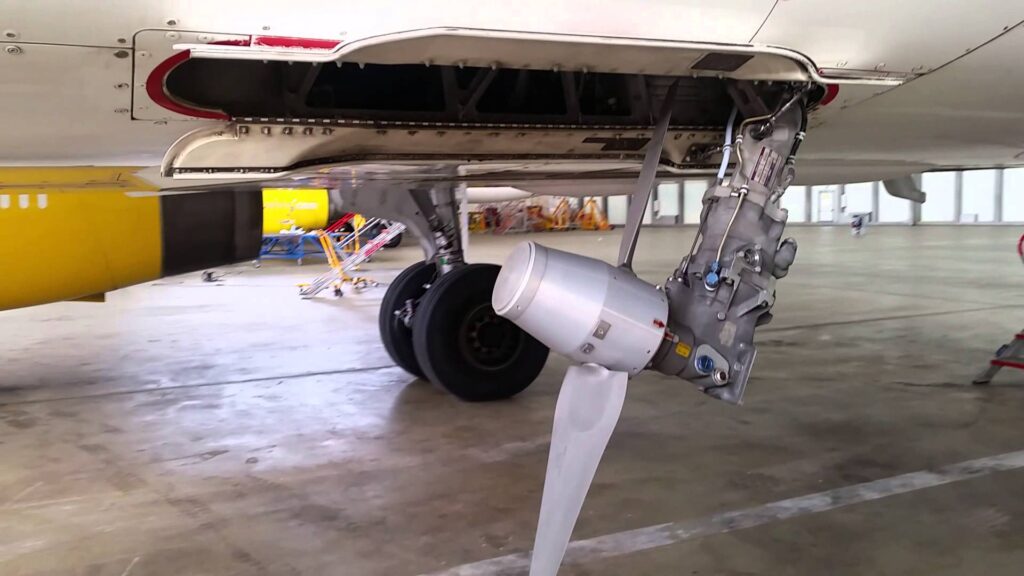
RAT – Providing Energy
Ram Air Turbine (RAT) is a system connected to a hydraulic pump or electric generator. It provides energy from the air flow arising from the dynamic pressure created by the speed of the aircraft. RAT system is basically similar to a pinwheel. RAT is usually found on the fuselage and sometimes under the wing in airplanes, and it provides energy by activating in emergency situations.
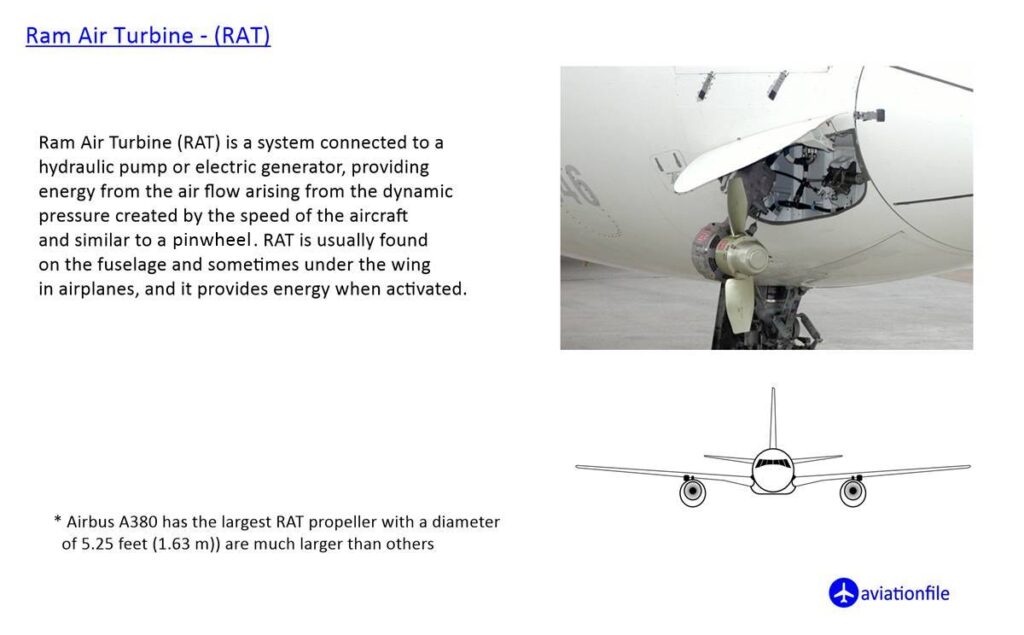
Due to the amount of energy that can be obtained with RAT, only vital systems (such as navigation, flight-critical instrumentation and communication equipment) and flight control systems are energized. Usually in the event of loss of hydraulic systems or loss of primary electricity generation, it is activated automatically or through a protected pushbutton switch located on the pilot’s electrical panel.
RAT – Dimensions
The average RAT in a commercial airplane can generate 50 kilowatts (kW) of power. In some cases, such as Crop Duster (agricultural spraying, agricultural aircraft) aircraft, RAT is used to power chemical spray pumps during normal operation. This reduces the demand on the aircraft’s engine. The RAT used in these aircraft usually has a very small propeller and generates between 500 watts and 5 kilowatts.
A RAT propeller can be of various diameters. Older aircraft RAT designs had twin-blade propellers, but newer aircraft often have multi-blade, ducted fans. RATs on commercial aircraft (for example, Airbus A380 has the largest propeller with a diameter of 5.25 feet (1.63 m)) are much larger than others. The RAT (generally average diameter is approximately 2.6 feet (80 cm)) found in passenger aircraft is slightly smaller.
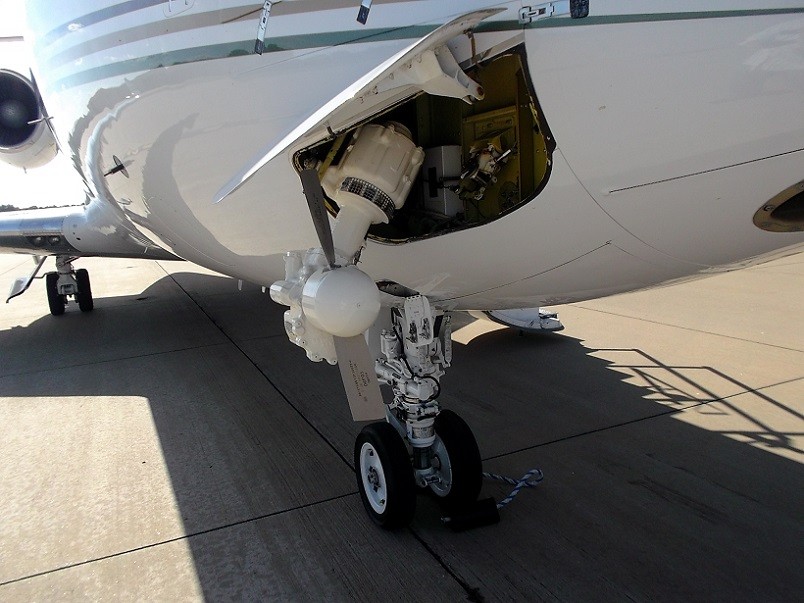
One of the first aircraft that included the Ram Air Turbine was the Vickers VC10 type passenger aircraft. It is manufactured by the UK in the 1960s. Many modern aircraft contain RAT. On the other hand, Boeing 737 type aircraft do not have RAT system. They are designed in a manner that pilots can manage manually in case all electrical power sources on the aircraft are exhausted. In addition, some free-fall nuclear weapons such as the British Yellow Sun and Blue Danube use RATs to power radar altimeters and firing circuits as a more reliable alternative to batteries.
Hudson Miracle
The most famous incident involving RAT is US Airways’ flight 1549. The incident took place on January 15, 2009, known as the “Miracle of the Hudson”. Shortly after Airbus A320 aircraft took off from New York LaGuardia Airport, both engines lost power due to the attack of a flock of birds. As a backup, the aircraft had an auxiliary power unit (APU) that could run the entire system on the ground or in flight, and as another backup, batteries that provided dc energy that was then converted to AC energy for the required system supplies. However, these batteries provided minimal energy for only 20 minutes. Pilots activated the auxiliary power unit and the RAT. They took control of the aircraft, and landed on the Hudson River in New York.
Apart from that, some plane accidents involving RAT are as follows; Air Transat flight 236, Pinnacle Airways flight 3071, Air Canada flight known as the Gimli Glider incident numbered 143.
References and Further reading
- Collins Aerospace: Manufacturer page with information on their RAT systems and their role in aviation safety: https://www.collinsaerospace.com/what-we-do/industries/commercial-aviation/power-controls-actuation/turbine-systems/ram-air-turbine
- Wikipedia: Concise overview of RAT technology and its operation: https://en.wikipedia.org/wiki/Ram_air_turbine
- Aviation Today: Article discussing challenges and advancements in RAT design: https://www.aviationfile.com/ram-air-turbine-rat/
- Flight Safety Foundation: Case study of an emergency landing where a RAT played a crucial role: https://flightsafety.org/
For more articles click.
